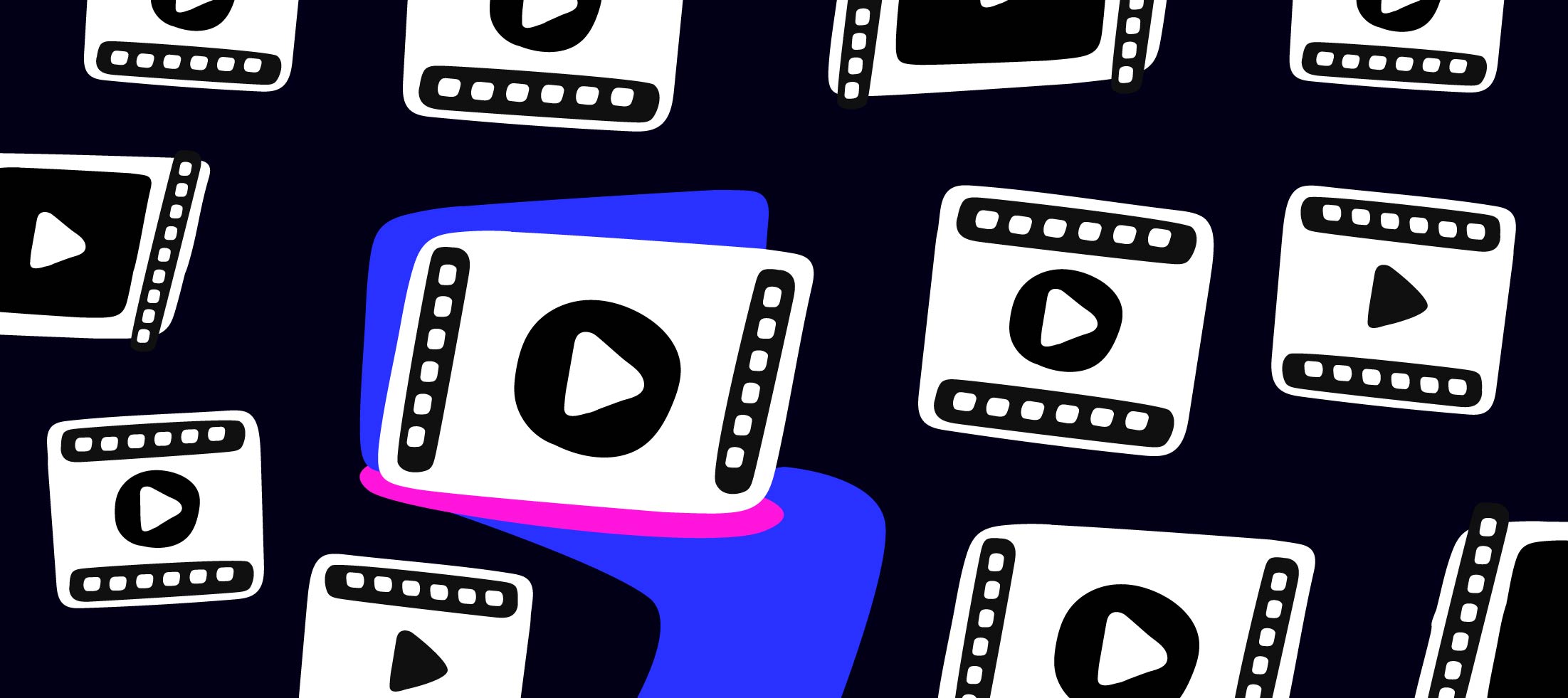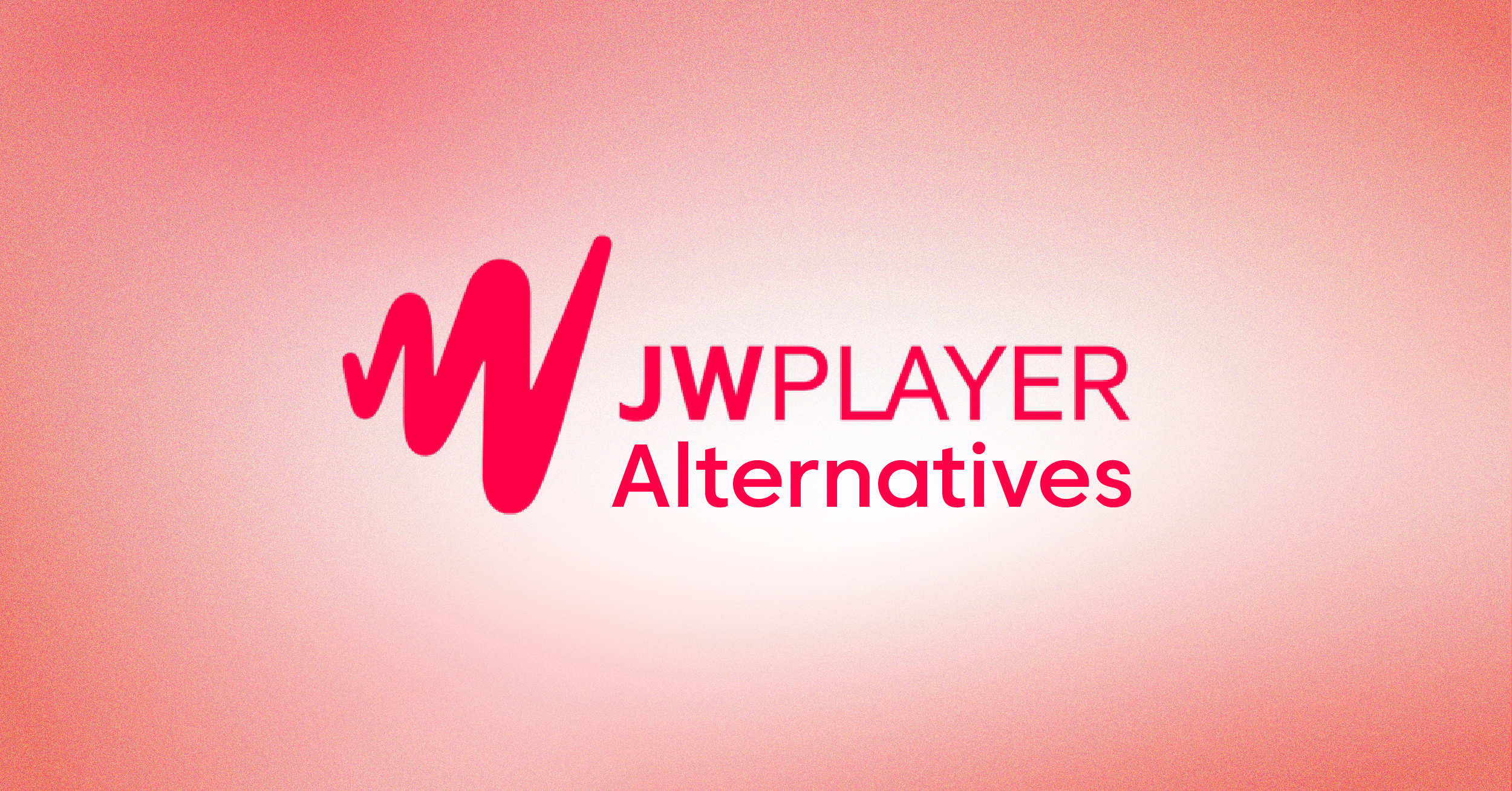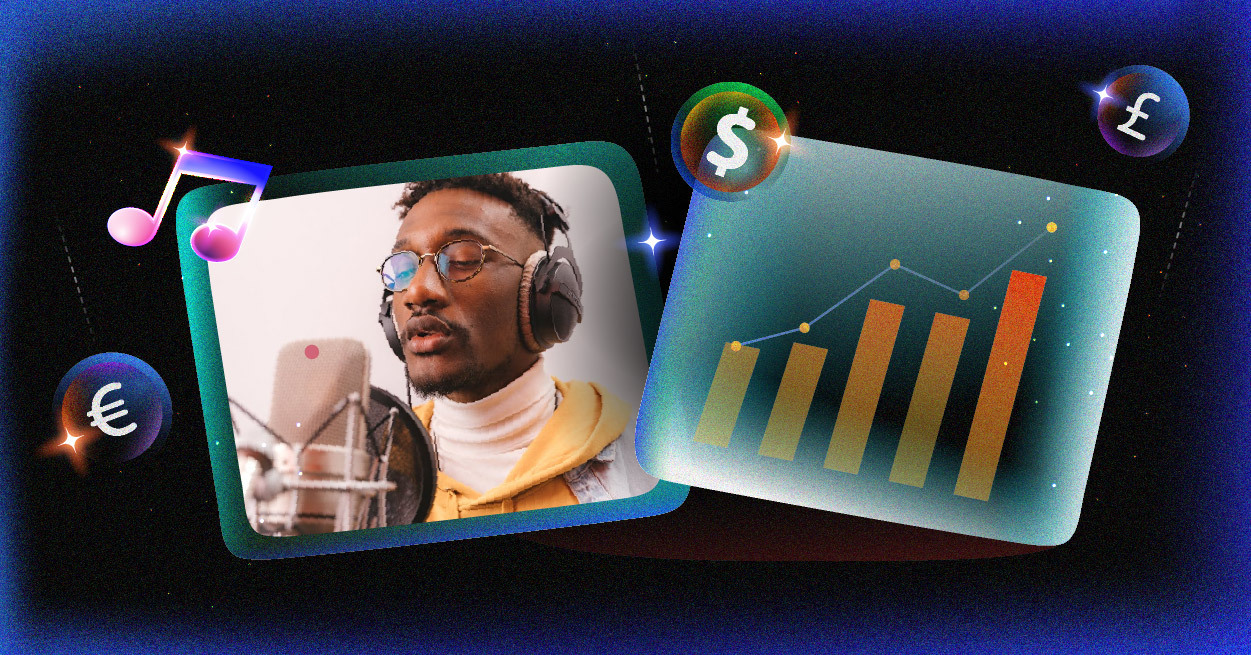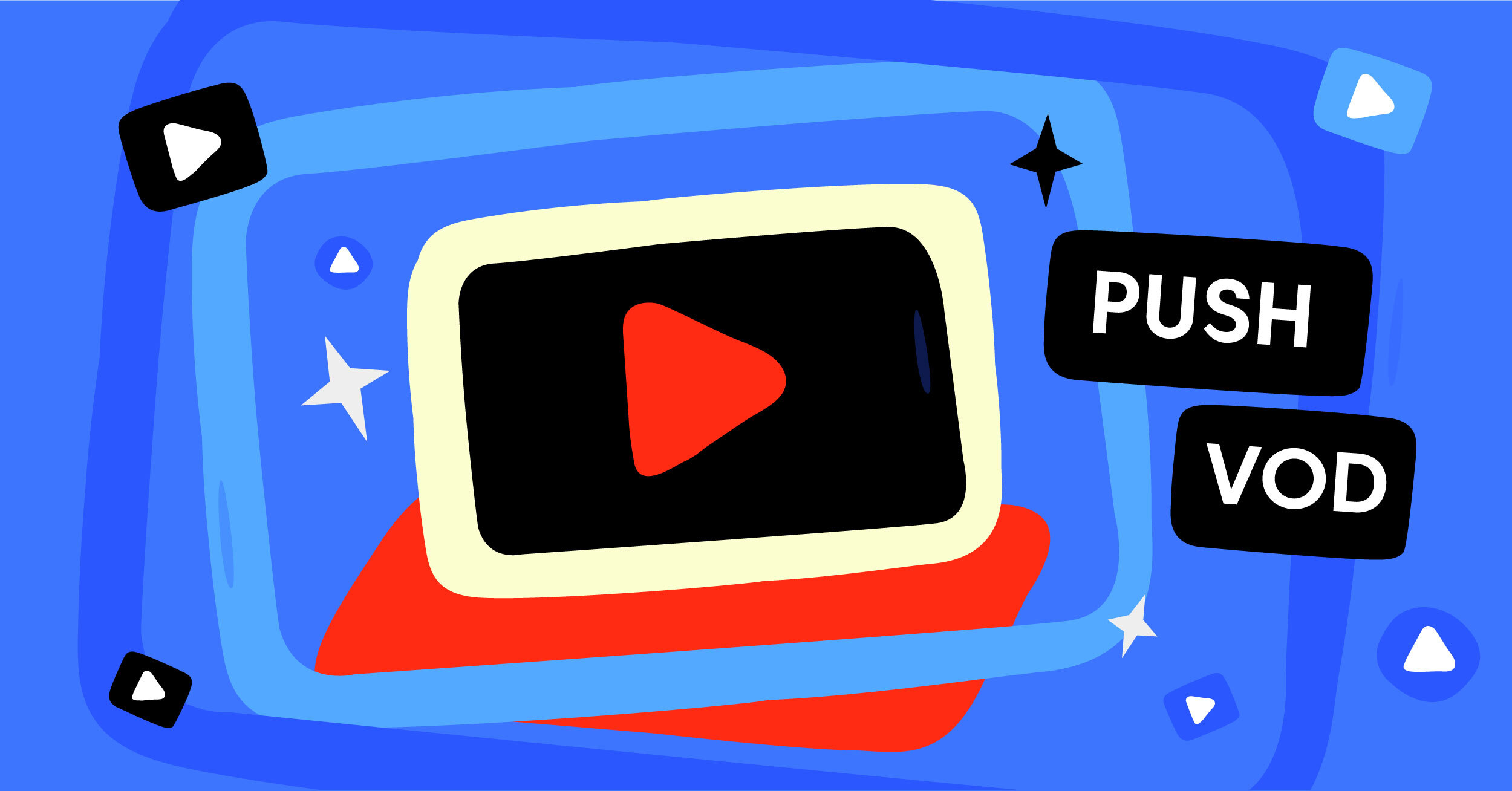Video streaming has transformed how we watch our favorite content today. Over 85% of US households now have at least one subscription-based streaming service. This shift has created new ways to deliver television program services.
Video on Demand (VOD) lets viewers choose what to watch at their convenience. It comes in different forms like SVOD, AVOD, and NVOD to suit various viewer needs.
Near Video on Demand (NVOD) is a digital TV broadcasting system that delivers scheduled content. It shows the same content on different channels at staggered time slots. This system bridges traditional broadcasting and modern streaming technologies.
NVOD offers viewers more flexible options than regular broadcast channels. Yet, it follows a predetermined schedule, unlike regular VOD services. Many broadcast service providers use this model to deliver premium content.
This blog will explain how NVOD works, its key benefits, and its role in today’s broadcasting industry.
What is NVOD?
Near Video on Demand (NVOD) is a digital broadcasting system that delivers scheduled content. It offers viewers a selection of programming at staggered start times across multiple channels. This allows individual television viewers to watch videos at their preferred times.
NVOD bridges the gap between traditional linear TV and modern on-demand streaming services. Content providers use this model to deliver premium movies, TV series, and other content. NVOD channels follow a designated schedule, broadcasting the same content at different intervals.
How NVOD Works
NVOD allows individual television viewers to watch videos at their preferred times. NVOD channels follow a designated schedule, broadcasting the same content at different intervals. Let’s explore how NVOD works.
Content Delivery
Content providers use NVOD to deliver premium movies, TV series, and other content. The system relies on broadband internet technology to transmit video interlaces. NVOD services use multiple channels to broadcast the same content at staggered start times.
Scheduling and Transmission
NVOD follows a linear transmission schedule, with content airing at predetermined intervals. For example, a movie might start every 30 minutes on different channels. This allows viewers to select a convenient viewing time without waiting too long.
Viewer Experience
Viewers can access NVOD content through their cable or satellite TV provider. They can browse available titles and choose a channel that aligns with their preferred start time. While NVOD offers more flexibility than traditional broadcasting, it still adheres to a schedule.
Comparison to Other Services
NVOD differs from other video-on-demand models like SVOD and OTT streaming. SVOD requires a subscription fee to access a content library, while OTT streaming delivers content via the Internet. NVOD combines elements of traditional broadcasting and on-demand viewing.
Advertising and Revenue
NVOD allows for selective access to content, enabling targeted advertising opportunities. Content providers can insert ads during video interludes or between programs. This model helps generate revenue while providing a more personalized viewing experience.
Key Differences Between VOD and NVOD
VOD and NVOD are two popular video delivery methods in the broadcast industry. VOD, or Video on Demand, allows viewers to instantly access recorded movies and TV shows. It uses interactive advertising content and selectively permits ad inserts for targeted marketing.
In contrast, NVOD, or Near Video on Demand, broadcasts content on specific channels at scheduled intervals. Viewers can attend their preferred time slot to watch the desired program. NVOD uses new technologies to deliver high-quality content, similar to HD television.
VOD offers more flexibility and control over what and when to watch. Viewers can pause, rewind, or fast-forward the content at their convenience. NVOD follows a linear schedule, making it more like traditional television broadcasting.
VOD platforms often require a subscription or pay-per-view model for access. NVOD is typically included in cable or satellite TV packages, making it more accessible to a broader audience.
While VOD focuses on personalized viewing experiences, NVOD prioritizes quality control and consistent delivery across multiple channels. Companies like Verizon Communications and Picturesque Media use NVOD to distribute their content to viewers.
Benefits of NVOD Streaming
NVOD offers several advantages for both content providers and viewers. Here are some key benefits of NVOD streaming:
Flexibility and Convenience
NVOD provides viewers with more flexibility than traditional linear TV broadcasting. Viewers can choose from multiple showtimes that fit their schedules. This convenience allows them to watch content at their preferred times without strict adherence to a fixed program schedule.
Cost-Effective Content Delivery
NVOD is a cost-effective way for content providers to deliver premium programming. By broadcasting the same content on multiple channels at staggered intervals, providers can reach a wider audience without investing in expensive on-demand infrastructure. This model helps optimize bandwidth usage and reduces storage requirements.
Enhanced Viewer Engagement
NVOD can enhance viewer engagement by offering a curated selection of premium content. Providers can showcase high-quality movies, TV shows, and special events that appeal to their target audience. This targeted approach helps attract and retain viewers, increasing overall satisfaction with the service.
Targeted Advertising Opportunities
NVOD allows for targeted advertising opportunities during video interludes or between programs. Providers can insert relevant ads based on viewer demographics, interests, and viewing habits. This targeted approach helps maximize ad revenue while delivering a more personalized viewing experience for the audience.
Bridging the Gap
NVOD bridges the gap between traditional linear TV and modern on-demand streaming services. It offers a middle ground for viewers who prefer flexible viewing schedules but still enjoy the curated programming experience. This hybrid approach caters to various viewer preferences and helps content providers adapt to the evolving media landscape.
Conclusion
Near Video on Demand (NVOD) is a unique digital broadcasting system combining traditional linear TV and modern streaming services. It allows viewers to watch premium content at their preferred times while maintaining a curated, scheduled viewing experience.
NVOD provides a cost-effective solution for content providers to deliver high-quality programming to a wider audience. This hybrid approach bridges the gap between conventional broadcasting and on-demand streaming, catering to diverse viewer preferences in an evolving media landscape. As the broadcast industry continues to adapt and innovate, NVOD will likely play a significant role in shaping the future of television program services.








